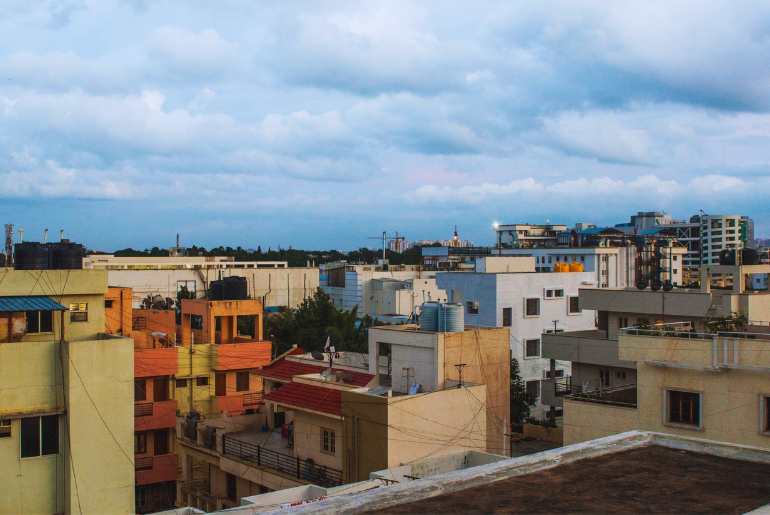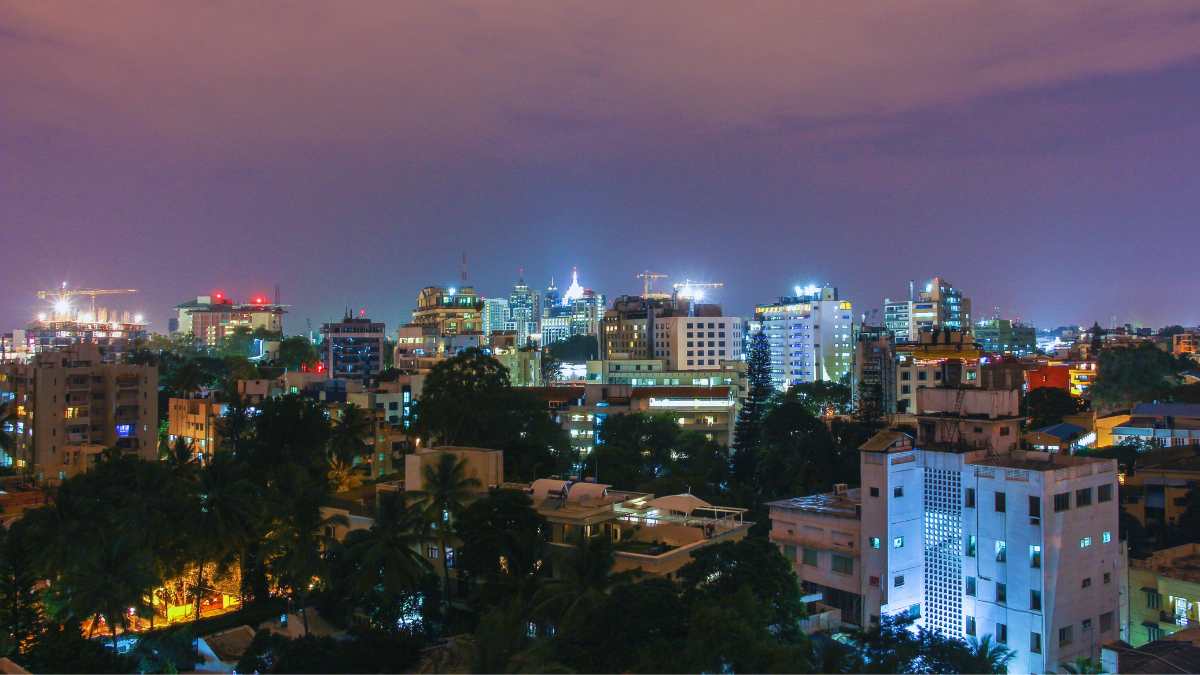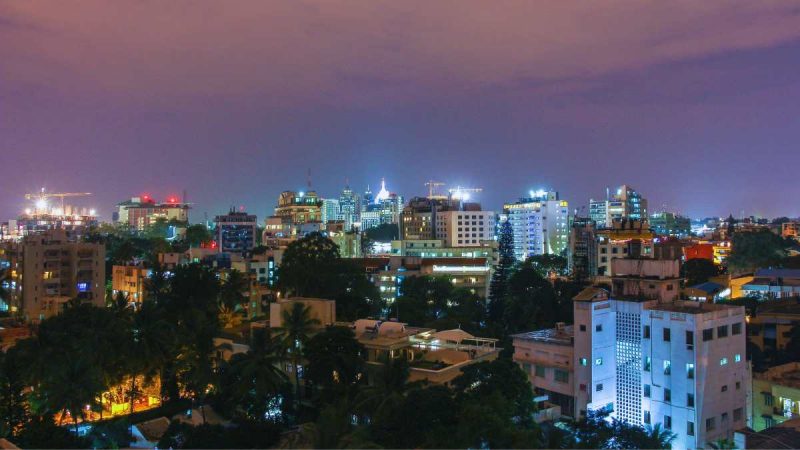Once upon a time, residents of Bengaluru didn’t need or even have a fan in their homes. The Karnataka capital, touted as India’s ‘Garden City’ is today a shadow if its past. With 87.6% of concrete coverage and just 12% of natural spaces, the Silicon Valley of India’s climate has changed, for the worse. A study titled Urban Heat Island Linkages with the Landscape Morphology has painted a concerning picture for Bengalureans.
Not Garden City, Bengaluru Is Now A Concrete Jungle, Says Study

According to a report by The New Indian Express, the Centre for Ecological Sciences at the Indian Institute of Science (IISc) has conducted a study on Bengaluru in Karnataka. The study attributes the dwindling green and blue spaces of Bengaluru to the rise in local temperatures. Just 12% of the city’s land space comprises lakes and greenery. This in turn has triggered a domino effect where greenhouse gas emissions have seen a sharp rise. Local temperatures have increased as well, with Bengaluru becoming scorching, and unseasonal rains taking the forefront as well.
Apart from a rise in mercury, the decrease in natural coverage in Bengaluru has led to a series of health issues. It has caused a rise in lifestyle disorders, cardiovascular diseases, and breathing issues, amongst others. The co-author of the study, Professor T V Ramachandra spoke to TNIE. He drew a direct link between the fall in ‘lung spaces’ to the worsening health issues of residents. Ramachandra stressed the importance of open spaces around buildings to help balance temperatures.
Also Read: Colombian Glacier Ritacuba Blanco Is Melting Away Due To El Nino & Climate Change
Rise In Temperature & Health Issues Are Results Of Fall In Natural Spaces
But these requirements are neglected due to corruption and poor enforcement. As a result, Bengaluru has ‘urban heat archipelagos’ pr clusters of heat islands that create hot zones in the city. In the 1970s, Bengaluru had just 7.97 per cent built-up land. Today, that comprises of 87.6%. The ‘Garden City’ has become a ‘Concrete City’. There has been a whopping 1078% explosion in built-up areas, an 88% loss of vegetation and a 79% fall in water bodies.
Bengaluru is overheating, yet the urban expansion sees no sign of slowing. The unplanned growth in the city has overloaded its carrying capacity. While it is currently hot in Bengaluru, it will only get hotter as surface temperatures often exceed 44 degrees Celsius. The death of cooler zones, vegetation and water bodies is a wake-up call.
The study itself is a wake-up call, which needs to be tended to.
Cover Image Courtesy: Canva Pro/Rakesh Goudar
For more such snackable content, interesting discoveries and the latest updates on food, travel and experiences in your city, download the Curly Tales App. Download HERE. First Published: July 10, 2025 11:31 AM




